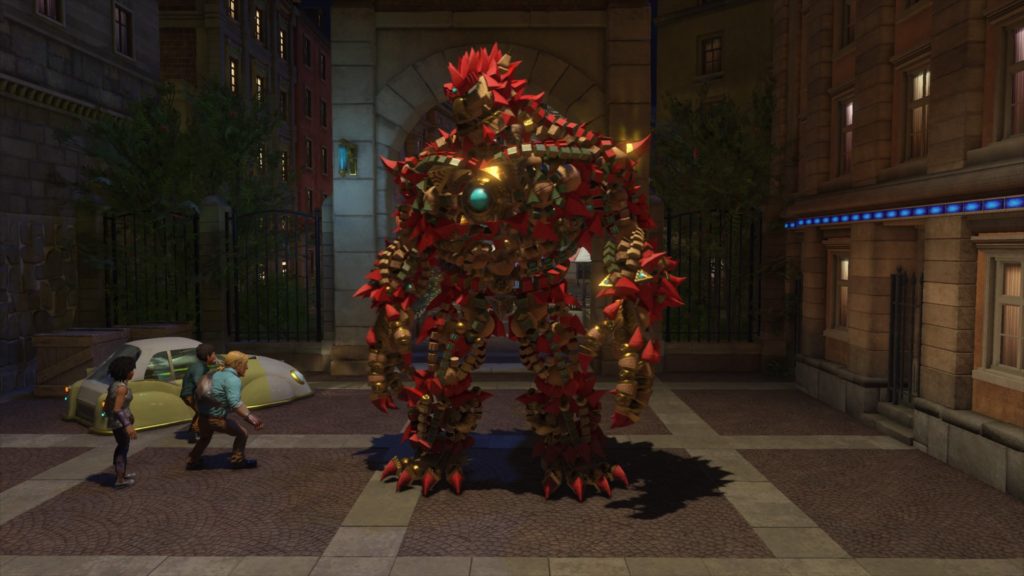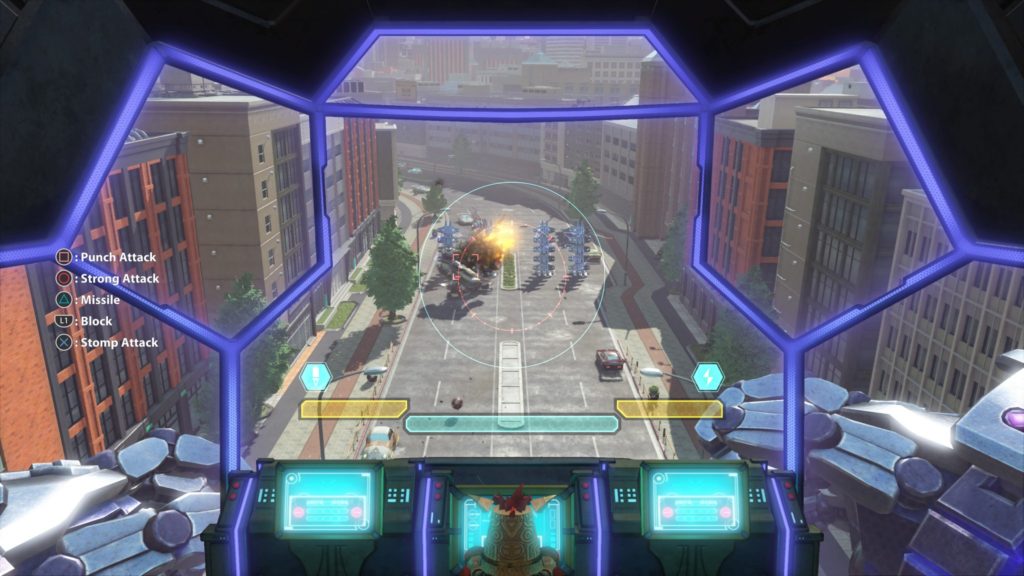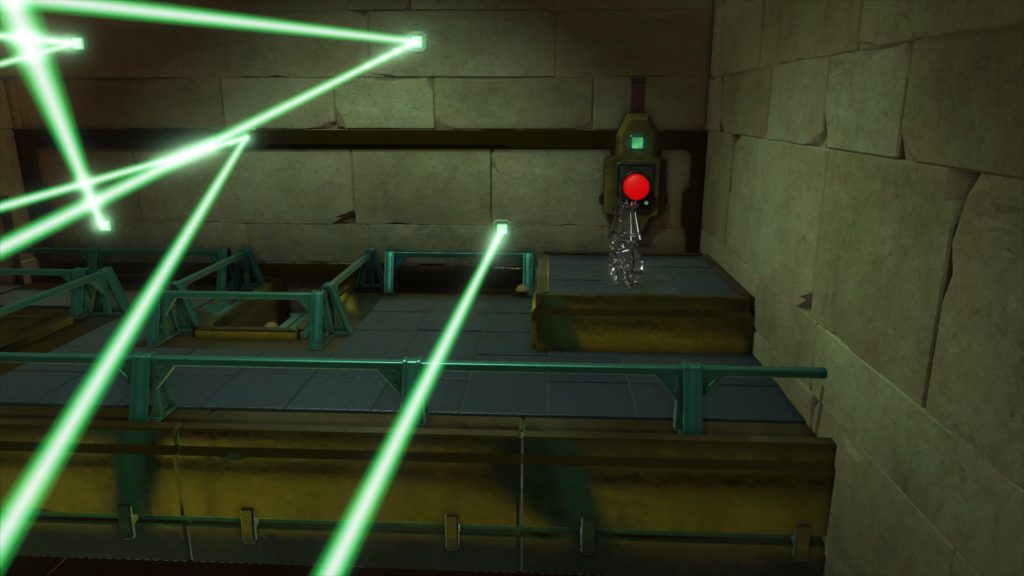- Genre: Action/Adventure
- Platform: PS4
- Also Available On: Windows, Xbox One
TL;DR
- Combat’s is serviceable. Best part of actual combat is in the capabilities around stealth and distraction-based kills
- Fantastically gorgeous imagining of what ancient Egypt may have looked like
- Story serves as an interesting starting point to the lore for the overall story, without the usual distractions of the assassin vs. templar nonsense
So after a year off, I suppose the question became Is this game actually good? In general, the answer to that is a pretty resounding yes. However, I also enjoyed Unity and Syndicate a lot, despite them being an obvious step back from Black Flag. What this one has managed to do is smooth out a lot of the core mechanics in the previous titles, while also shedding a lot of the collection madness that plagues later entries.
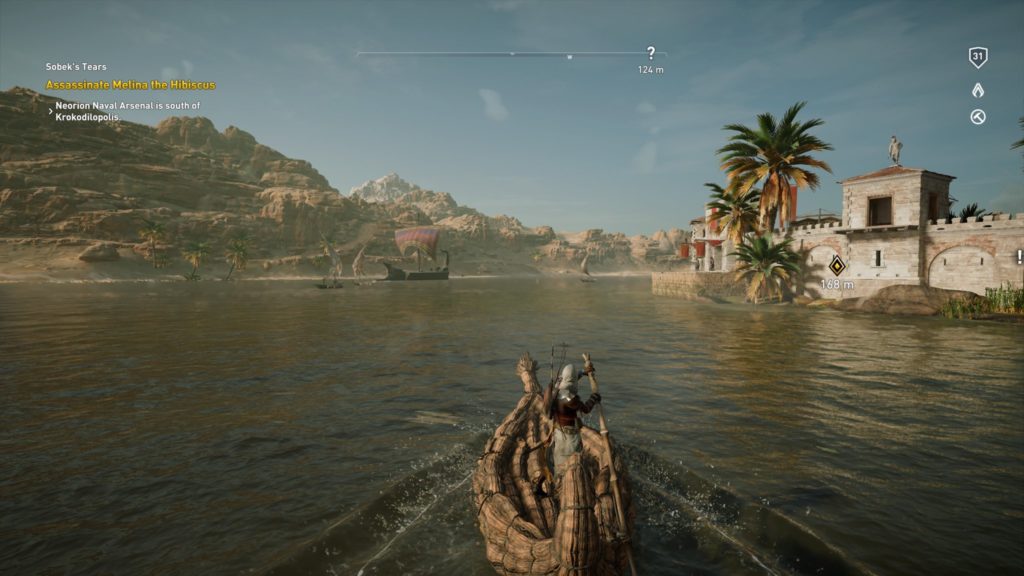
I’ll start with the obvious one and keep this quick, this game is up there on the list of best looking games ever. A lot of this feels like the culmination of a lot of past games. The water from Black Flag is used here a lot, whether it’s in sailing down the Nile or puttering around the edge of the Mediterranean. When sandstorm are rolling in they look imposing; when you’re stuck in a sandstorm it’s threatening. Humans during cutscenes are significantly less derpy than in the past, and now actually do a good job of getting the emotion of the scenes out there, even if hair is still a bit of a struggle. Even moving into the non-desert areas in the northwest, the plains full of grass and flowers swaying in the breeze are a sight to see.
However, that’s not important in the grand scheme of things. Let’s get into gameplay.
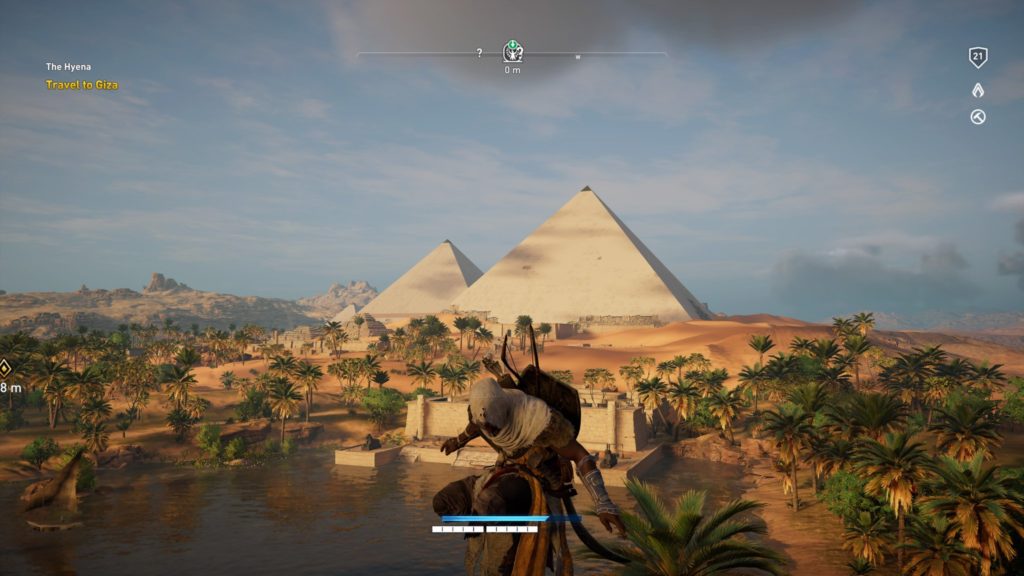
I suspect most people would talk combat, but to me the core of the Assassin’s Creed games that I enjoyed was the exploration and stealth, and that’s still a great thing here elevated to even greater heights thanks to the landmarks you get to climb.
The synchronize points were always a fun distraction in past AC games. However, it’s another entire level when the point is at the top of the Great Pyramid of Giza or at the top of the Pharos of Alexandria. These areas have some of the better pure climbing in the game, and the views from up top are always spectacular. Even better is the fact that any of the historical landmarks you go up to generally have some sort of puzzle-based temple in them. While these are generally quick hitters, some of them get into some pretty neat use of weight-based physics segments to make sure that crashing a temple isn’t just about climbing in a straight line.
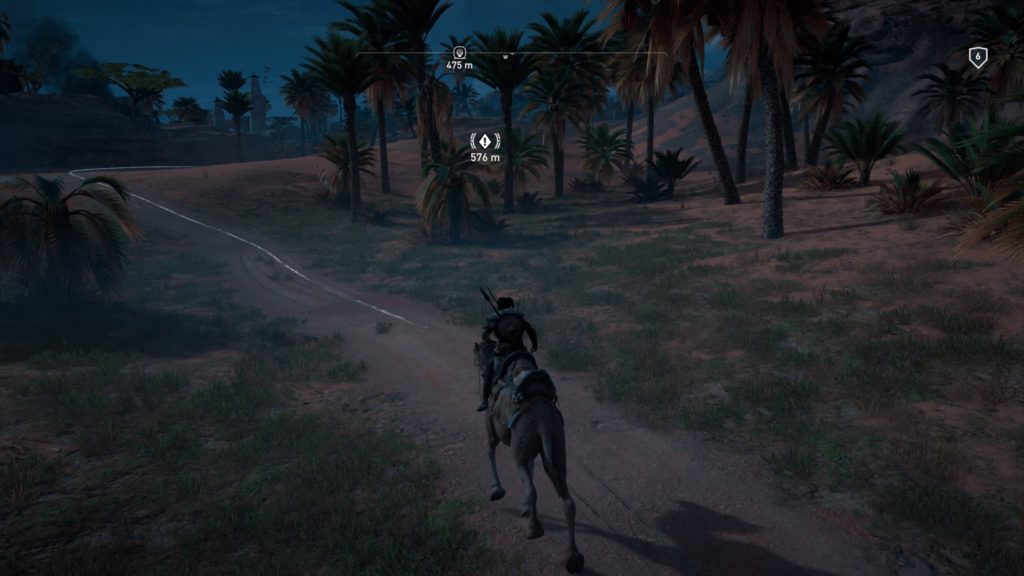
Exploration is aided by the fact that moving around in the environment just doing random things is generally just really easy and a lot of fun to do. Origins has had a severe reduction in pure STUFF to do. Ya there’s still sync points, there’s still side quests, but there’s no longer fluff things in the map like paintings or unguarded treasures. What this has been replaced by are small areas such as forts, trading posts, abandoned temples, etc that may contain things to collect. Ultimately this ends up resulting in a lot of time in-stealth either shanking or avoiding enemies, but at least providing some amount of gameplay beyond just walking up to a thousand icons on the map.
The best part of all of this though the process of moving around the world. At the end of the day, the game feels a lot like Black Flag despite the lack of pirates and sailing, and it comes down to how you travel. The lack of a distinct singular large city opens up the map. Sure, you have larger areas like Alexandria or Memphis, but the bulk of the map is small villages with a few shops and people, similar to the smaller forts and villages in Black Flag that were found just in sailing around the Caribbean.
The horses and camels basically become your sailing replacement. Sure you can move around manually, but the best thing to do is set autopilot and let the horse do its thing. This combines with the ability to swap to the main character’s eagle, allowing you to scan for resources, look out for enemies, or search for objectives all while your horse heads towards where you want. It takes a lot of the tedium out of travelling, allowing you to focus on other things as you go.
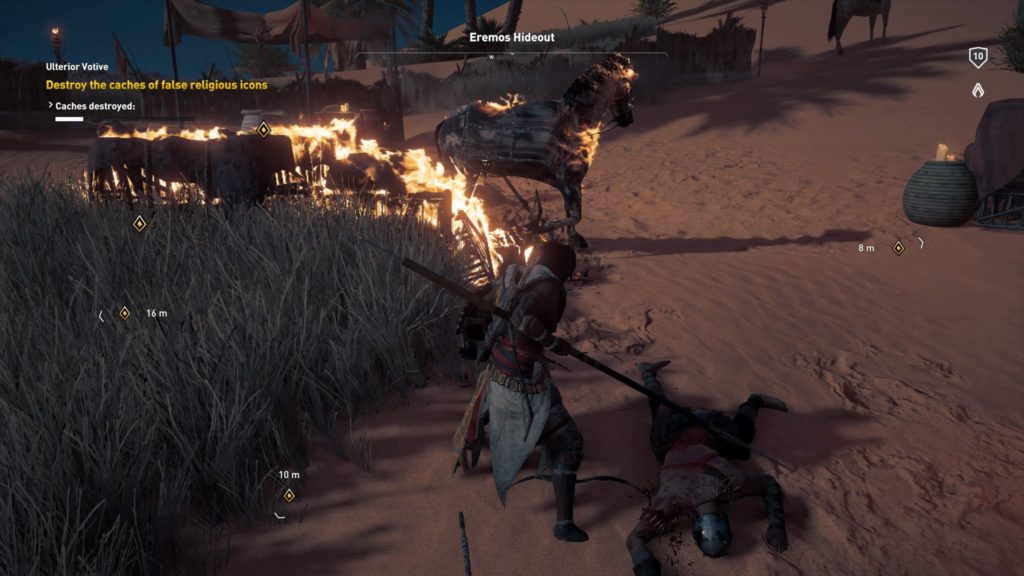
I guess that leaves us at combat. In a lot of ways it’s definitely the weakest part of the game, but not necessarily because it’s bad. In general it’s just kind of simple, and feels like the backup for when things don’t go as you want. There’s both bow & arrow and melee weapons in place. When going into melee, you can do a shield bash as a parry or a dodge maneuver, both of which can be timed against solid and obvious tells in the enemy actions. However, that’s about it. Ya there’s some subtleties in the usage of the attacks, but it’s basically details at that point. The real strength of the combat systems is when you avoid it entirely.
Pure stealth is still the ideal way to go about the game. You’ve got your straight stealth kills, which is still an effective way to deal with baddies. There’s also a number of tools in place to cause havoc. A couple of the highlights are the ability to set poison traps on dead bodies or the ability to enrage enemies resulting in them attacking each other. There’s also the little use of fire. You can have swords with fire, bows with fire, set horses on fire, shoot pots that explode into fire. Basically, when things go on fire it usually results in hilarious things, even if it’s a bit dangerous to be around.
So is this a big redeeming game that was worth Ubisoft skipping a year for? I dunno. It feels like a natural extension of Black Flag, and not something that they spent an extra year doing something groundbreaking. However, it’s still a pretty solid game. If you enjoyed Black Flag but were pretty cold on the games since, this is a pretty solid spot to jump back into the story.



